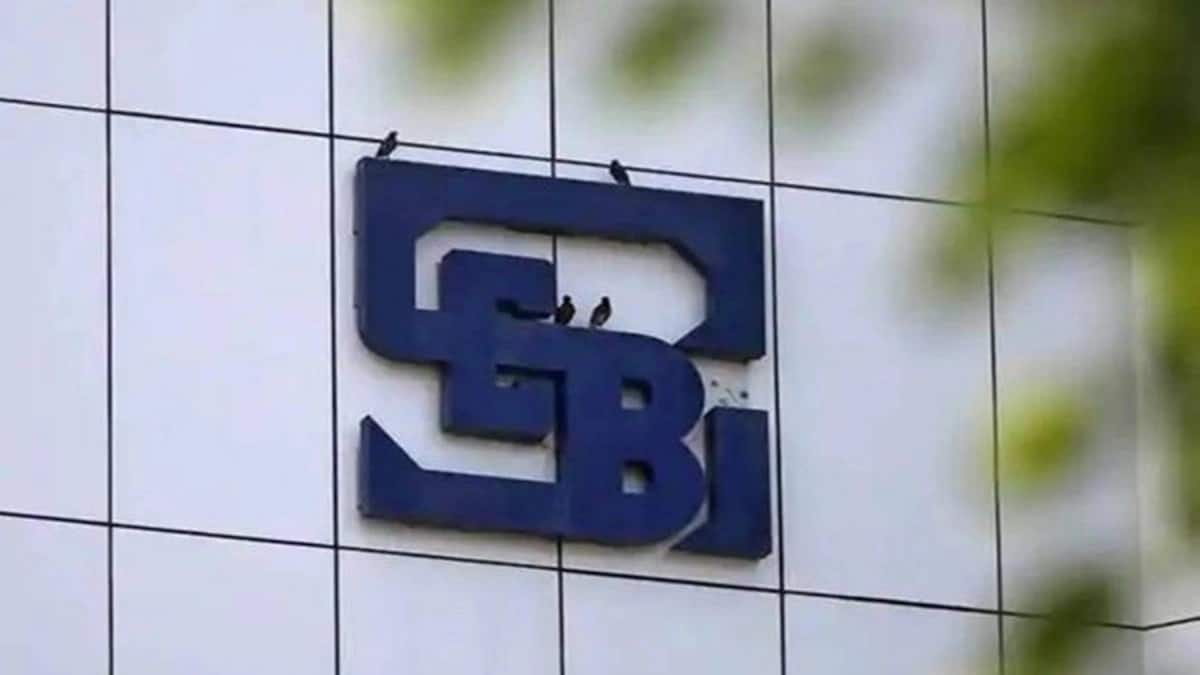The Securities and Exchange Board of India (Sebi) has amended the ICDR (Issue of Capital and Disclosure Requirements) regulations to introduce norms pertaining to KPI disclosures, confidential filing of initial public offerings (IPOs) and monitoring of proceeds are utilised in qualified institutional placements (QIPs) and preferential allotments.
The regulator has allowed an 18-month window for an IPO to issuers pre-filing their draft offer documents post initial observations. Under the regular route, companies get 12 months to launch an IPO post final observations.
New age businesses, rather than traditional companies, are more likely to opt for this route, except for issuers specifically looking at a longer validity period from the date of initial observations, said experts.
Companies, however, have to make a public announcement in three newspapers within two days of pre-filing without providing details related to the issue. This, market players believe, increases the possibility of the document getting leaked and may defeat the purpose of a confidential filing.
Some of the positive changes brought in by way of confidential filing is exemption from applicability of eligibility requirement for offer for sale (OFS), especially the one year holding period, ineligibility around promoters contribution, mandatory conversion of partly paid and optionally convertibles securities at the time of confidential filing and flexibility to change fresh issue size by 50%.
“The framework around confidential filing shows the regulator’s flexibility in addressing concerns over disclosure of confidential information for certain businesses. Permitting confidential filing would enable issuers who were shying away from accessing the IPO route owing to disclosure of sensitive information without significant clarity on the IPO,” said Ravi Dubey, partner, IndusLaw.
The regulator will recommend changes or issue observations within thirty days of pre-filing or reply on clarification sought from lead managers/regulator/agency or completion of interaction with QIBs or date of intimation to the regulator about the conversion of outstanding convertible securities. Since interaction with QIBs can go on for several days, it may prolong the time period for observations. Also, it is not clear if an issue can still be marketed to QIBs once the observations are received, said a person who deals with IPOs.
While the framework is largely pro-issuers, a few misses include absence of any exemption from compliance with Reg 8A (limit on OFS) at the time of confidential filing, the release of Sebi comments subject to completion of interaction with QIBs and compulsory conversion of outstanding partly paid and optionally convertible securities, thereby taking away the flexibility provided at the time of pre-filing, according to Dubey.
Also Read: Third party validation in future with rapid adoption of digitisation, tech: Sebi chief
“Sebi has imposed an obligation on making a public announcement of the confidential filing. While the objective does not seem very clear, it may lead to some inquisitiveness among certain class of investors and peers,” he said.
The regulator has now formalised some of its previous standard observations pertaining to key performance indicators (KPIs). KPIs disclosed in the offer document shall be approved by the audit committee of the issuer company. KPIs disclosed in the offer document should be comprehensive and explanation should be provided on how these KPIs have been used by the management historically to analyse, track or monitor the operational and/or financial performance of the issuer company. Companies will continue to disclose KPIs for a year or till the IPO proceeds are utilised, whichever is later.
“Sebi has detailed specific checks and balances pertaining to these disclosures which will help in bridging the information asymmetry that existed from the time of filing the offer documents and making it available with the post-IPO shareholders,” said an industry official.
The price band advertisement has to include the recommendation of a committee of independent directors, justifying the price band based on quantitative factors and KPIs disclosed in ‘Basis for Issue Price’ section. “Issuers may get a nudge from their independent directors to walk away from disclosing KPIs on account of the additional obligations embedded on them for publishing these metrics in the open platform,” said the official.
The regulator has extended the current end-use monitoring procedures for QIPs and preferential issues, principally in sync with IPOs and rights offerings.
“Monitoring of QIP proceeds may be challenging for credit rating agencies as the current regulatory regime doesn’t mandate granular end-use information, unlike IPOs. Sebi may have to consider expanding disclosures for the monitoring agency to validate it appropriately against the actual deployment,” the official said.



